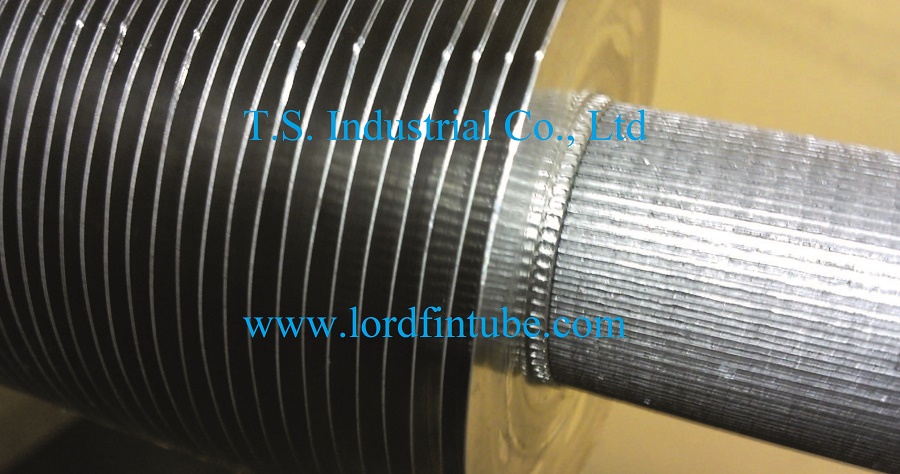G-type finned tubes and KL finned tubes, which is better?
Its difficult to say which type of finned tube, G-type or KL, is definitively better, as both have advantages and disadvantages depending on the specific application and operating conditions.
For example, G-type finned tubes are typically better suited for gas-to-fluid heat transfer applications due to their larger fin pitch and mechanical strength, whereas KL finned tubes may be more effective in liquid-to-fluid heat transfer applications due to their smaller fin pitch and higher heat transfer coefficient.
Additionally, the choice of finned tube may also depend on other factors such as cost, ease of manufacturing, and availability of materials.
Ultimately, the most suitable type of finned tube for a given application will depend on a thorough analysis of the specific requirements and operating conditions, taking into account factors such as heat transfer performance, mechanical strength, and durability.

Comments
Post a Comment